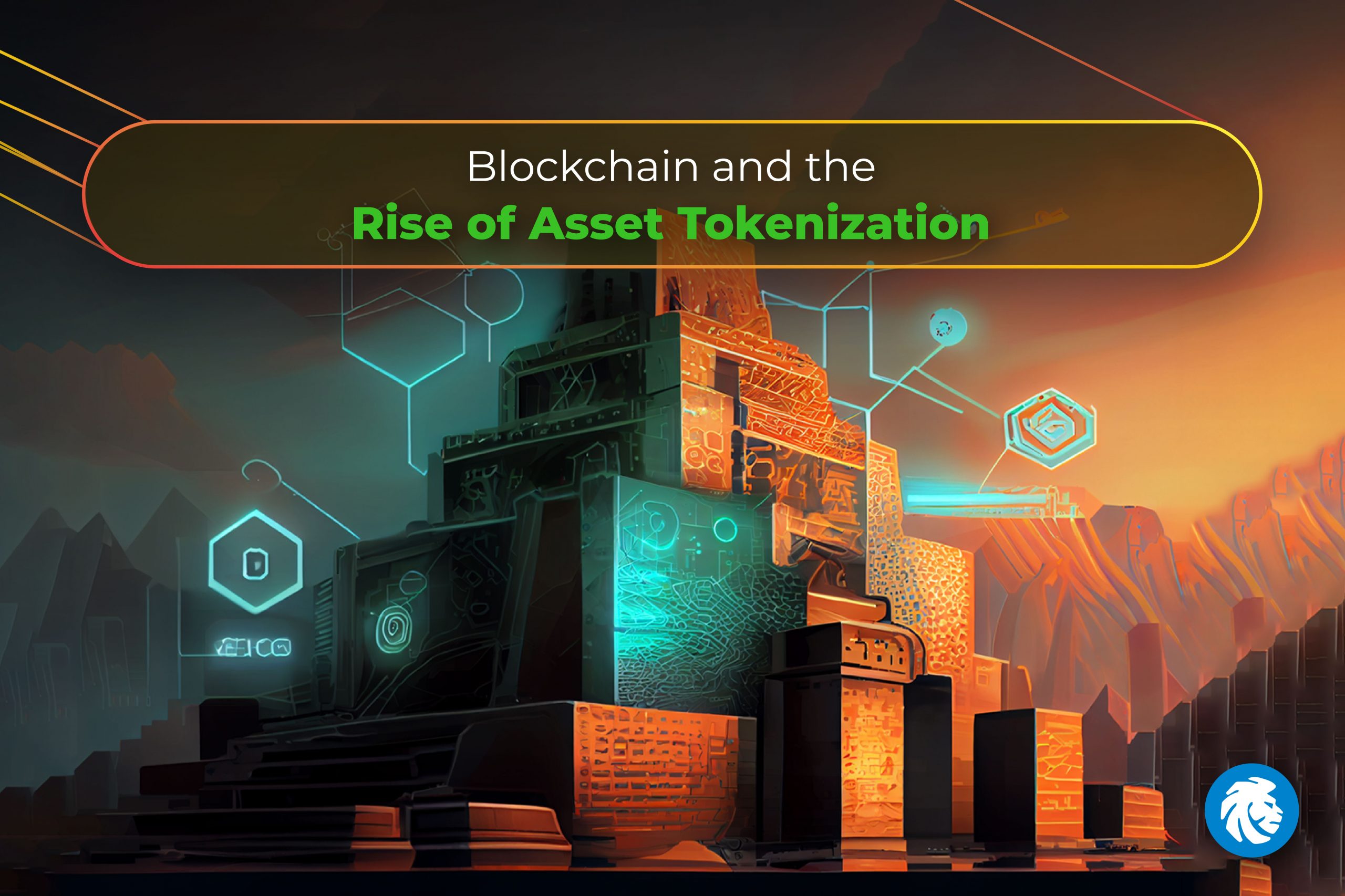
Tokenization is quickly becoming one of the trending topics in the blockchain industry. While the NFT market was a launchpad for popularizing tokenized assets, people are quickly realizing that the potential for tokenization is huge. Renowned investment bank, Goldman Sachs, recently disclosed that it is willing to hire more employees for its digital asset group. This action by Goldman Sachs is important because it demonstrates how even the most established players in the financial industry are beginning to see the potential of asset tokenization and blockchain technology.
What is asset tokenization?
Asset tokenization involves the transformation of a physical asset into its digital representation on a blockchain. In other words, a digital token is created on a blockchain network that denotes possession of a physical asset. On a blockchain platform, these tokens can be traded, giving investors a proof of ownership of the asset. This can be applied to any physical asset available like gold, stocks, apartments, or even vehicles.
What are the benefits?
In the world of investments, the rise of asset tokenization is regarded as a game-changer. In addition to enabling more effective trading and settlement procedures, it gives investors greater access to previously illiquid asset classes. Asset tokenization can also assist in lowering transaction costs, raising transparency, and improving liquidity.
Another important feature that makes tokenization preferable is partial or fractional ownership. Imagine, for instance, a $50 million luxury apartment building. The pool of people who would be interested to buy this building would be very small. Asset tokenization allows for the division of this building’s ownership into 100,000 digital tokens. Each of these tokens represents fractional ownership of a part of the building. Now since a single asset is divided into multiple parts, each of its constituent parts would be available for a fraction of the original price. This widens up the pool on potential buyers for this building by a significant margin. Those who invest in one of these tokens can easily buy and sell building ownership by trading these tokens on a blockchain platform.
Why is asset tokenization gaining traction now?
One of the factors may be the rising popularity of blockchain technology. A blockchain is a decentralized digital ledger, which is used to record transactions in a secure and transparent way. Moreover, blockchains are immutable, which means no one can tamper these records. Therefore, traditional databases pale in comparison to the security and immutability offered by a blockchain.
Another factor might be the increased demand for alternative investments options. Rising inflation rates have made it hard for a majority of people to afford good investment options. The available options have very low interest rates and afford little liquidity. So, investors are looking for novel ways to make money. Asset tokenization is frequently viewed as a way for individual investors to gain access to real assets that are ordinarily out of their price range.
We are likely to see a wave of innovation and disruption in the financial services sector as more and more businesses and individuals start to investigate these technologies.
Latest developments
Apart from Goldman Sachs, a number of big players are entering the asset tokenization arena given its growth potential. A few months ago, Hamilton Lane and security token vendor Securitize collaborated to tokenize a portion of the company’s $2.11 trillion flagship Equity Opportunities Fund V. Smaller portions of the fund were made available to non-institutional investors, allowing them access to a portfolio of illiquid but high-return private equity assets that are typically only available to institutional investors.
A couple weeks before that, in November 2022, sovereign bonds and tokenized currencies were traded by JP Morgan. They used the Polygon layer 2 scaling network on Ethereum for this.
Wisdom Tree is a provider of exchange-traded products on cryptocurrencies. They announced nine new blockchain-enabled funds that had been approved by the Securities and Exchange Commission.
Any challenges to use this technology?
Asset tokenization, is not without its difficulties. Like any other digital assets, regulating is a significant problem. Clear regulations for the issuance and trading of digital securities have not yet been developed in many jurisdictions. Investors and issuers alike are now uncertain as a result of this. Interoperability and scalability may also pose additional challenges. There are several blockchain platforms, each with their own set of uses, governance, and protocols. To truly leverage asset tokenization, there needs to be a process set-up for these platforms to interact and communicate with one another.
Future scope for asset tokenization
Despite the challenges, the future of asset tokenization appears promising. It is not surprising that more and more investors are taking notice given its potential to open up new sources of liquidity and democratize access to previously illiquid assets. We can anticipate even more innovation and growth in this sector over the next few years.
Last Note
In conclusion, asset tokenization is expected to completely alter the investment landscape by 2023 and beyond. It is understandable why people are hopping on board given the potential for this technology to increase liquidity, lower transaction costs, and give greater access to previously illiquid assets. With the development of asset tokenization and blockchain technology, the future of investments appears bright.